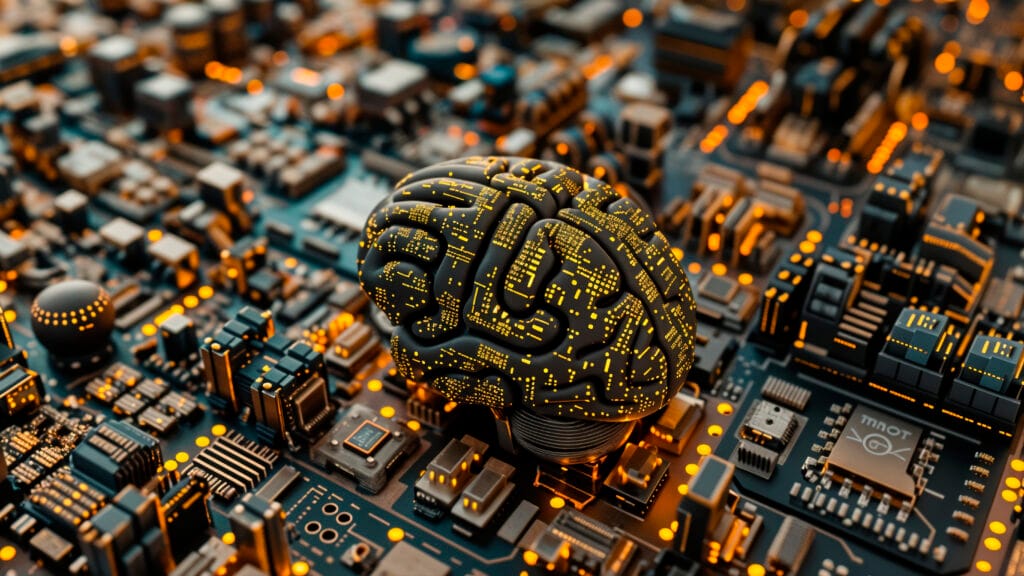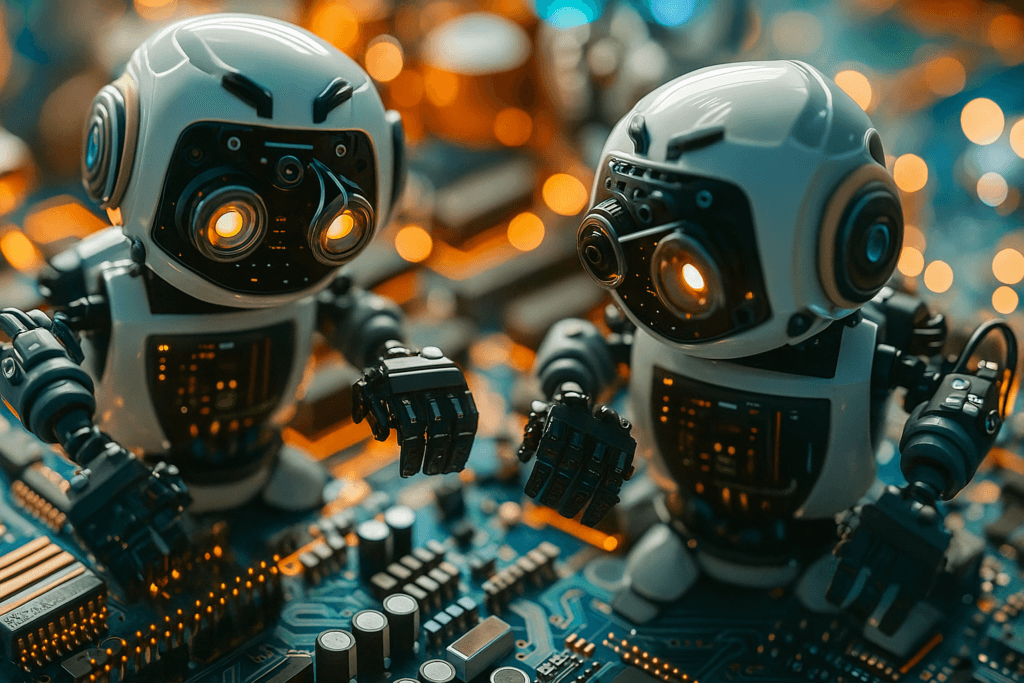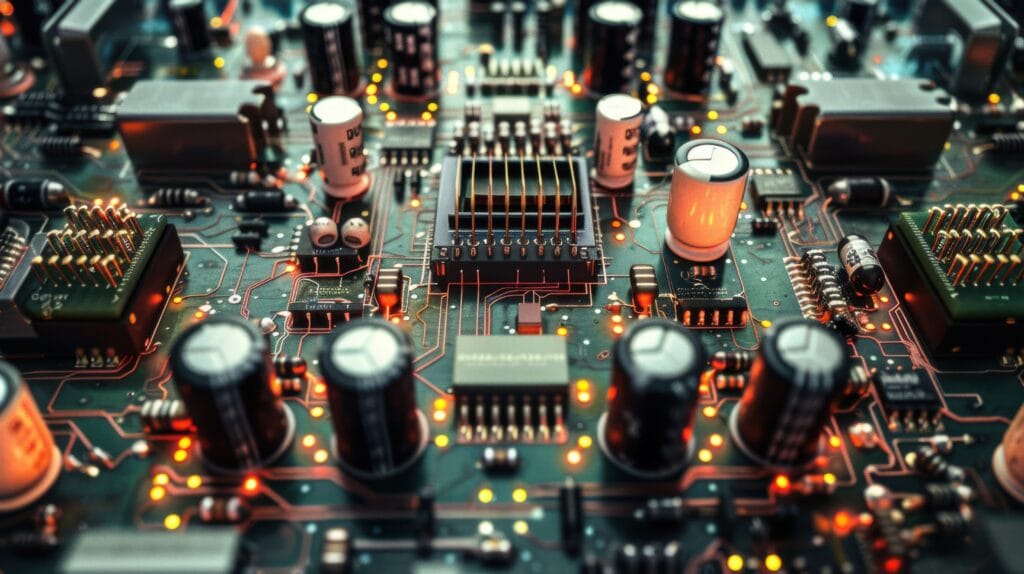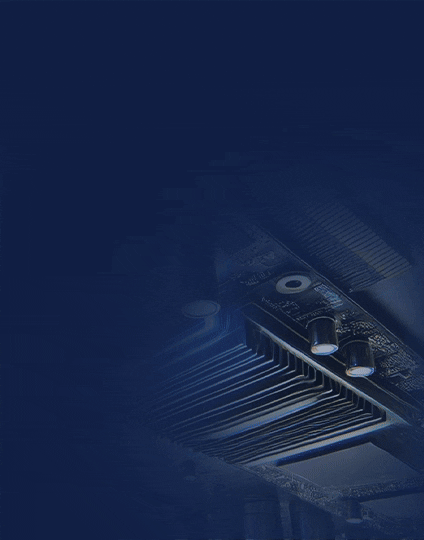The rapid growth of artificial intelligence (AI) has transformed industries ranging from healthcare and finance to autonomous vehicles and telecommunications.
As AI workloads become increasingly complex, the demand for flexible, high-performance hardware has never been higher.
While GPUs and CPUs have traditionally dominated AI processing, Field-Programmable Gate Arrays are emerging as a critical component in the AI hardware ecosystem.
This blog explores the role of FPGAs in AI, their advantages, and why they are shaping the future of AI hardware.

Understanding FPGAs
FPGAs are reconfigurable semiconductor devices that allow developers to design and implement custom hardware logic tailored to specific application needs.
Unlike fixed-function ASICs (Application-Specific Integrated Circuits), which are manufactured for a single purpose, they can be reprogrammed multiple times, making them exceptionally flexible and ideal for rapidly evolving technologies.
At their core, they comprise a matrix of Configurable Logic Blocks (CLBs), programmable interconnects, memory elements, DSP slices, and rich input/output resources.
This architecture enables massive parallel processing, deterministic performance, and the ability to optimize computation paths at the hardware level.
As a result, FPGAs provide a powerful platform for accelerating complex algorithms, prototyping new architectures, and achieving high performance with lower latency compared to traditional processors.

Why FPGAs Matter in AI
AI workloads, particularly deep learning and machine learning, require massive parallel computation and low-latency processing. FPGAs excel in these areas for several reasons:
Customizability: Developers can design hardware tailored specifically for AI algorithms, such as convolutional neural networks (CNNs) or recurrent neural networks (RNNs).
Low Latency: Offer near-deterministic performance, making them ideal for real-time AI applications such as autonomous vehicles and industrial automation.
Energy Efficiency: Consume less power than GPUs for specific AI workloads, which is crucial for edge AI devices where energy resources are limited.
Scalability: AI developers can scale solutions from edge devices to data centers without redesigning hardware.

FPGAs in AI Workloads
AI Inference Acceleration
AI inference involves processing data through pre-trained models to make predictions or classifications.
FPGAs accelerate inference by allowing custom pipelines for matrix multiplications and activations, significantly improving throughput and latency compared to traditional CPUs.
AI Training Support
While GPUs are dominant in AI training due to their massive parallelism, FPGAs are increasingly used in hybrid architectures to offload specific tasks such as quantized model training, pre-processing, or feature extraction.
This allows for optimized resource utilization and reduced training times.
Edge AI Applications
Edge AI refers to running AI algorithms directly on devices such as cameras, sensors, and IoT devices, rather than sending data to the cloud.
FPGAs are perfect for edge AI because of their energy efficiency, low latency, and adaptability to evolving AI models.

FPGAs vs Other AI Hardware
| Hardware Type | Advantages | Limitations |
| GPU | High throughput, mature software ecosystem | High power consumption, less customizable |
| CPU | Flexibility, general-purpose computation | Slower for parallel AI workloads |
| ASIC | High performance, energy-efficient | Fixed function, expensive to develop |
| FPGA | Reconfigurable, low latency, energy-efficient | Requires hardware design expertise |
FPGAs occupy a unique niche where flexibility, efficiency, and performance intersect, making them ideal for a wide range of AI applications.

FPGA Ecosystem and Tools
Their adoption in AI has been boosted by robust software tools and frameworks. High-Level Synthesis (HLS) tools allow developers to write FPGA designs using familiar languages like C, C++, or Python.
Frameworks like Xilinx Vitis AI and Intel OpenVINO provide libraries and pre-optimized IP for AI workloads, making it easier to deploy models on FPGAs without deep hardware knowledge.

Future of FPGAs in AI
The AI hardware ecosystem is evolving rapidly, and FPGAs are expected to play an increasingly significant role. Key trends include:
Heterogeneous Computing: Combining FPGAs with CPUs and GPUs to optimize AI workloads.
Edge AI Expansion: Growing demand for AI on low-power devices in industries like healthcare, smart cities, and autonomous systems.
AI-Specific FPGA IP: Development of FPGA IP cores optimized for AI models to simplify deployment.
Integration in Data Centers: FPGAs are being integrated into cloud infrastructures to provide customizable AI acceleration for enterprises.

Conclusion
FPGAs are no longer just a niche technology; they are becoming a cornerstone of the AI hardware ecosystem. Their flexibility, energy efficiency, and ability to handle parallel workloads make them indispensable for both edge and data center AI applications.
As AI models continue to evolve, they offer a reconfigurable, high-performance solution that bridges the gap between traditional CPUs, GPUs, and fixed-function ASICs.
For companies looking to deploy scalable, efficient, and low-latency AI solutions, they represent a strategic advantage in the fast-growing AI landscape.


![What is FPGA Introduction to FPGA Basics [2023] computer-chip-dark-background-with-word-intel-it](https://fpgainsights.com/wp-content/uploads/2023/06/computer-chip-dark-background-with-word-intel-it-300x171.jpg)









